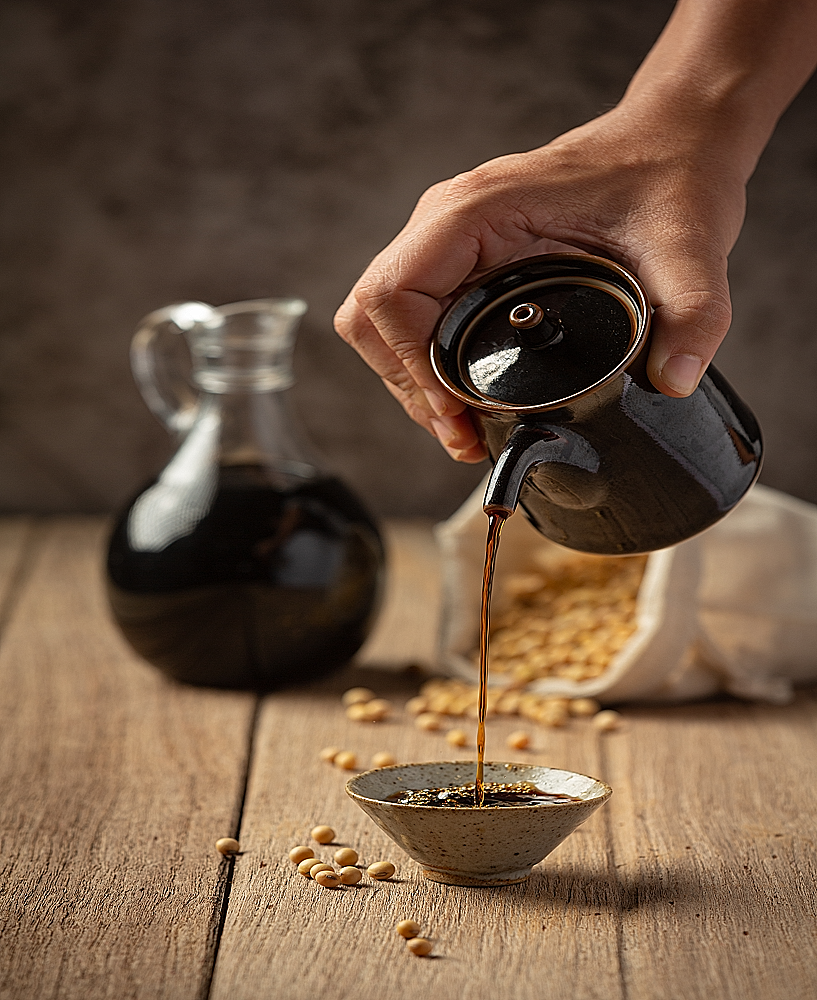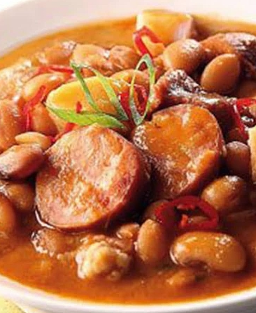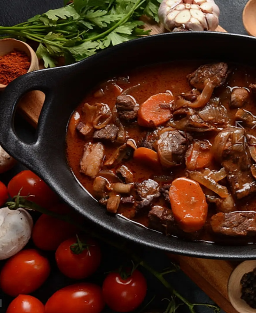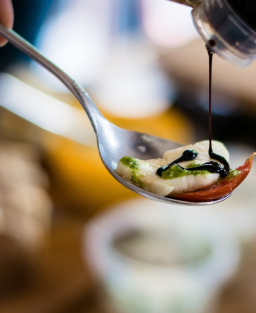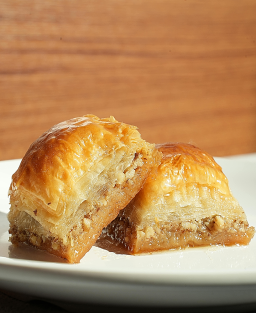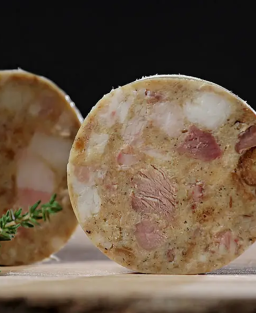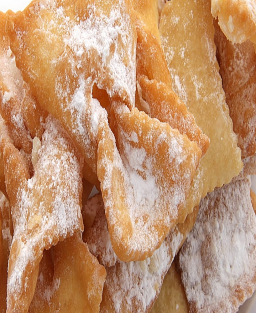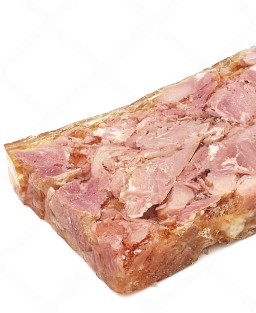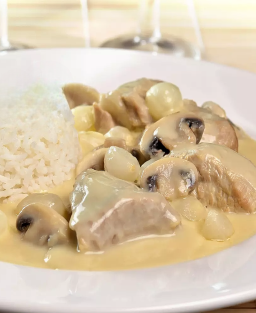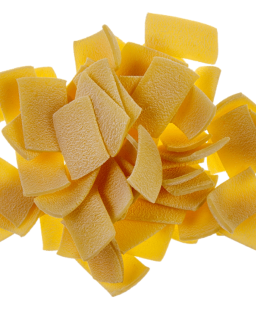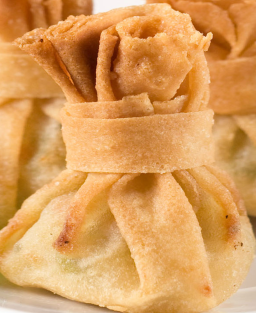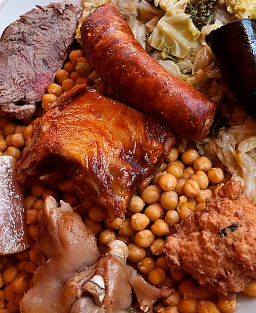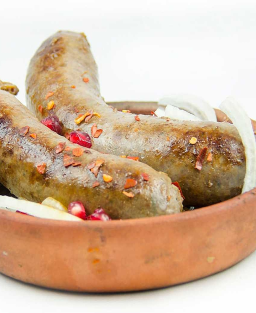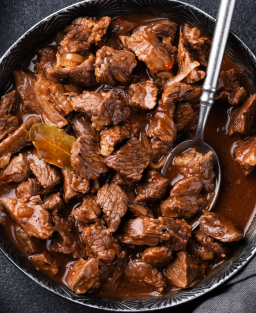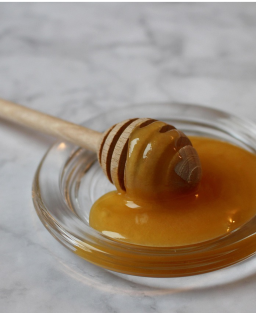Traditional Recipe of Japanese Soy Sauce (Shōyu / 醤油)
Traditional Recipe of Japanese Soy Sauce (Shōyu / 醤油)
Other names: Shōyu (醤油), Koikuchi (濃口), Usukuchi (薄口), Tamari (溜り), Saishikomi (再仕込み), Shiro (白醤油)
Discover the traditional recipe for Japanese Soy Sauce (Shōyu / 醤油) — an emblematic condiment of Japan that combines authenticity, the nobility of natural ingredients, and the aromatic depth of long fermentation.
Anecdote
“Mukashi, Edo no tabemono ni wa, shōyu ga fukamaru aji o ataeta” — Long ago, in Edo, it was said that soy sauce enriched every dish with deep and comforting flavors.
Legend
It was said that an 18th-century samurai, renowned for his wisdom and discipline, would only eat dishes seasoned with traditionally fermented Shōyu — a symbol of culinary refinement and self-mastery.
Geographic Origin and Status
-
Country: Japan / 日本
-
Regions: Main production areas: Chiba, Hyōgo, Shizuoka, and Kyōto.
These regions benefit from a temperate climate and humidity favorable to the natural fermentation of koji (麹). They host some of Japan’s oldest artisanal soy sauce houses, often family-run, where production methods have been passed down for centuries. -
Inventor of the recipe:
The recipe dates back to the Nara period (710–794), derived from the Chinese fermented paste jiang (醬). Buddhist monks adapted the process in Japan, introducing a blend of soybeans and wheat to create tamari shōyu, the ancestor of modern soy sauces. -
Codified recipe: Yes
Official specifications:-
Ingredients: Yellow soybeans (daizu / 大豆), wheat (komugi / 小麦), water (mizu / 水), salt (shio / 塩).
-
Process:
-
Koji fermentation (麹): Soybeans and wheat are inoculated with Aspergillus oryzae, which generates enzymes responsible for umami flavor.
-
Mixing with salt and water: This forms the moromi (諸味) mash.
-
Slow fermentation: Moromi ferments in wooden or stainless-steel vats for several months to over a year.
-
Pressing and filtration: The liquid is extracted, clarified, and pasteurized to stabilize flavors and stop fermentation.
-
-
Fermentation:
Takes place in ventilated cedar or steel vats for 6 to 18 months, developing the sauce’s amber color and complex aroma.
-
-
Certification Body:
Japan Soy Sauce Association (JSCA), enforcing JAS (Japanese Agricultural Standard) criteria for ingredient quality, fermentation time, and traceability. -
Classification under JAS:
-
Koikuchi (濃口醤油): Most common, balanced, and versatile.
-
Usukuchi (淡口醤油): Lighter and saltier, typical of Kansai cuisine.
-
Tamari (溜り醤油): Low in wheat, rich and dark, often used for sashimi.
-
Saishikomi (再仕込み): Double-fermented, dense and mellow.
-
Shiro (白醤油): Very light, delicate flavor, preserves ingredient color.
-
-
Chinese classification equivalents:
-
Light soy sauce (生抽 shēngchōu): Salty and clear for seasoning.
-
Dark soy sauce (老抽 lǎochōu): Thick, sweet, for braising and color.
-
Regional variations: e.g., Taiwanese double-fermented soy sauce (酱油膏), dense and sweet.
-
-
Evolution of the recipe:
From early subterranean fermentations to codified industrial production, preserving traditional methods. Innovations include stainless-steel vats, controlled humidity, and pasteurization — yet maintaining koji-based natural fermentation as the foundation of flavor.
Historical Overview
-
Origin: Derived from Chinese jiangyou (酱油) between the 7th–9th centuries.
-
Nara period (710–794): Used in noble and ceremonial dishes.
-
Edo period (1603–1868): Artisanal industrialization and emergence of Koikuchi and Usukuchi.
-
19th century: Spread to all social classes.
-
20th century: Codification and standardization under JSCA.
-
Techniques: 6–12 month fermentations; cedar vats; strict hygiene.
-
Regional styles: Kansai (Usukuchi), Kantō (Koikuchi).
-
Culinary adoption: Integral to kaiseki cuisine and modern gastronomy.
-
Exported worldwide from the mid-20th century.
Iconic Chefs and Contributions
-
Masaharu Morimoto (森本正治): Use of Shōyu in sashimi and fusion sauces.
-
Yoshihiro Murata (村田吉弘): Integration in traditional kaiseki broths and glazes.
-
Seiji Yamamoto (山本征治): Elevation of Koikuchi Shōyu in haute cuisine.
-
Nobu Matsuhisa (松久信幸): Adaptation of Shōyu for global gastronomy.
-
Kunio Tokuoka (徳岡邦夫): Preservation of artisanal fermentation.
-
Hiroyuki Sakai (坂井宏行): Harmonization in hot sauces and roasts.
Recipe Description
-
Appearance: Dark brown liquid, clear to slightly opaque.
-
Texture: Fluid with light natural viscosity.
-
Aromas: Deep umami, roasted wheat, subtle fermented soy notes.
-
Culinary use: As a raw or cooked condiment; for soups, marinades, and sauces.
-
Utensils: Wooden or stainless vats, fermentation tanks, traditional press, thermometers, and sterilized containers.
Ingredients
-
Yellow soybeans (daizu / 大豆): 1 kg
-
Wheat (komugi / 小麦): 1 kg
-
Salt: 300 g
-
Water: 2 L
-
Variants: Tamari (more soy), Shiro (more wheat).
Technical Preparation
-
Preparation time: 60 minutes (koji inoculation), plus 15 minutes for moromi mixing.
-
Fermentation: 6–12 months (Koikuchi), up to 18 months (Saishikomi).
-
Steps:
-
Soak and steam soybeans (120 °C, 90 min).
-
Roast and grind wheat (180 °C until caramelized).
-
Inoculate with Aspergillus oryzae; incubate at 30 °C, 95 % humidity for 48 h.
-
Mix with brine to form moromi (16–18 % salt).
-
Ferment in cedar vats, stirring weekly.
-
Press, filter, and pasteurize (80 °C, 30 min).
-
-
Safety standards: HACCP and ISO 22000 compliance; temperature and humidity control; sterile storage.
Regional Variants
-
Koikuchi (濃口): Balanced umami, Kanto region.
-
Usukuchi (薄口): Lighter, saltier, Kansai region.
-
Tamari (溜り): Thicker, rich, miso byproduct.
-
Shiro (白醤油): Pale and sweet.
-
Saishikomi (再仕込み): Double fermentation, rich aroma.
Tips and Advice
-
Stir the moromi regularly for uniform fermentation.
-
Do not exceed 80 °C during pasteurization.
-
Avoid unwanted mold contamination.
-
Chef’s tip: Taste the moromi periodically to adjust umami intensity.
Culinary Glossary – Soy Sauce / 醤油
-
Koji (麹): Aspergillus oryzae culture used to ferment soybeans and wheat.
-
Moromi (諸味): Fermenting mash of soy, wheat, salt, and water.
-
Tamari (溜り): Thick soy sauce, low in wheat, strong umami.
-
Shiro (白醤油): Pale soy sauce, wheat-dominant, delicate flavor.
-
Saishikomi (再仕込み): Double fermentation for deep umami.
-
Pasteurization (加熱殺菌): Controlled heating for microbial safety.
-
Umami (旨味): Fifth basic taste, from amino acids and nucleotides.
-
Koikuchi (濃口): Dark soy sauce, most common in Japan.
-
Usukuchi (薄口): Light soy sauce, saltier, typical of Kansai.
-
Fermentation vat (発酵槽): Wooden or stainless container for long fermentation.
-
Pressing (搾り): Extraction of the liquid after fermentation.
-
Roasting (焙煎): Light cooking of wheat to develop malted aroma.







